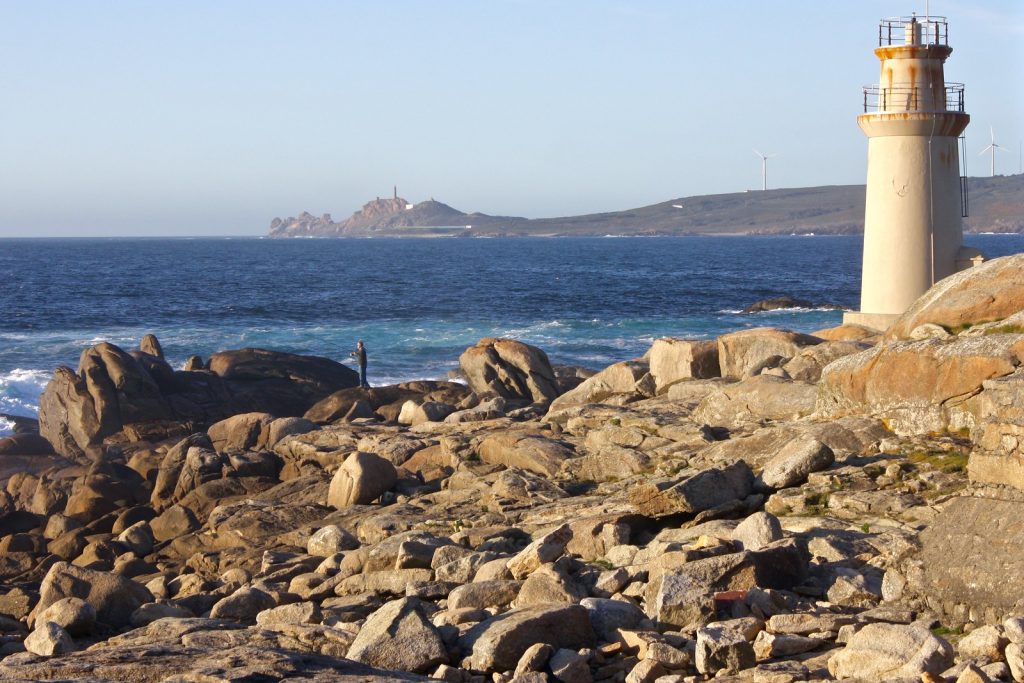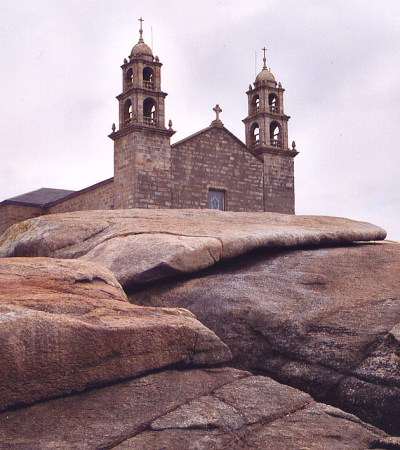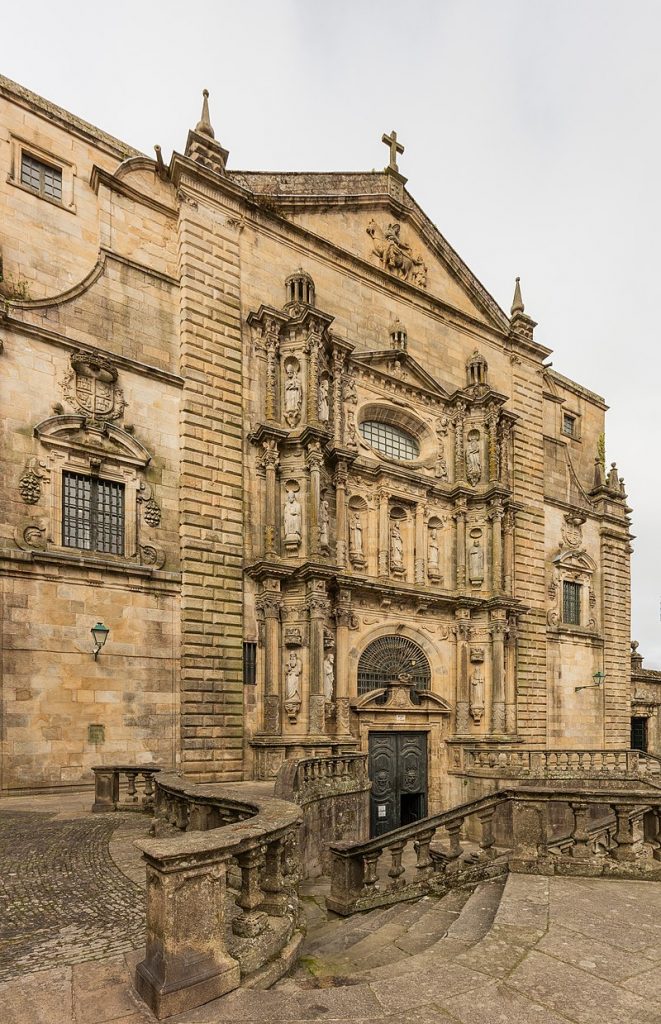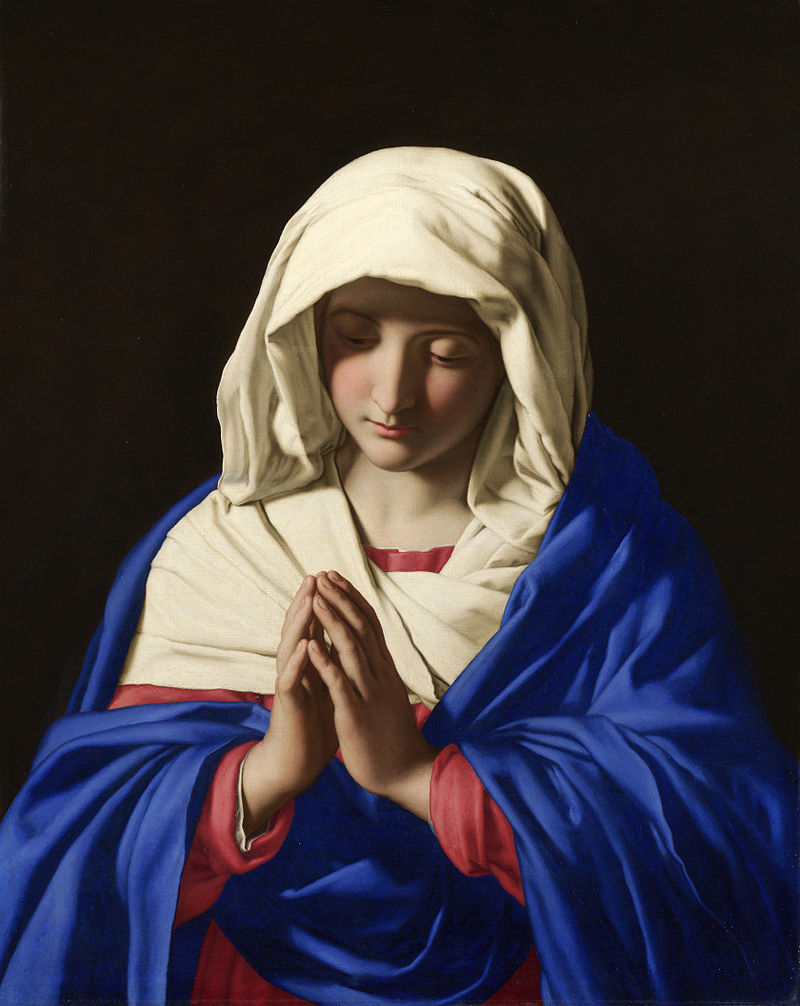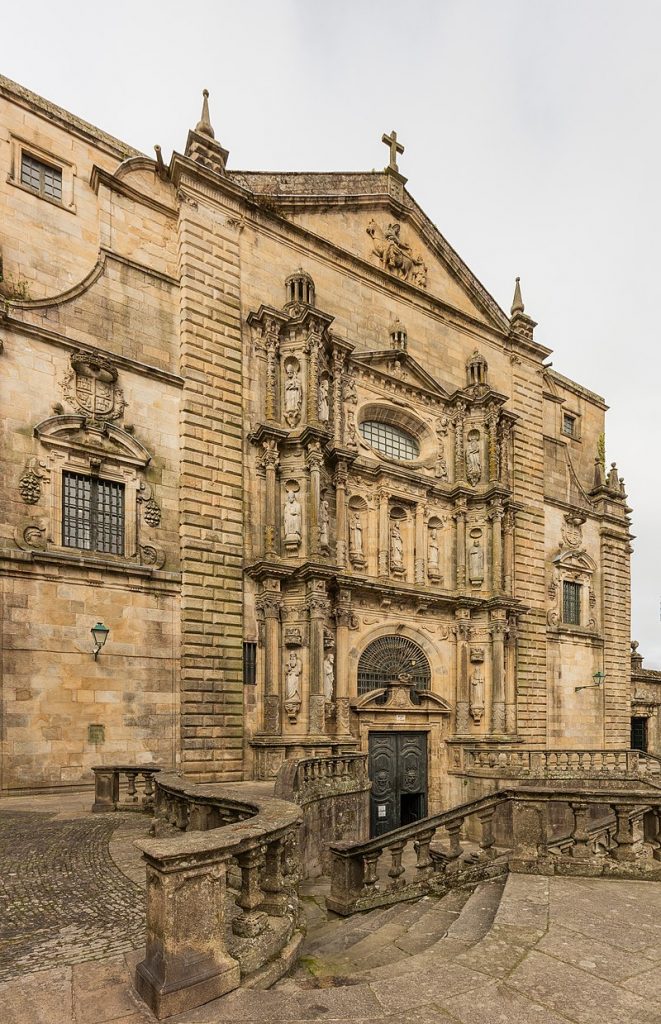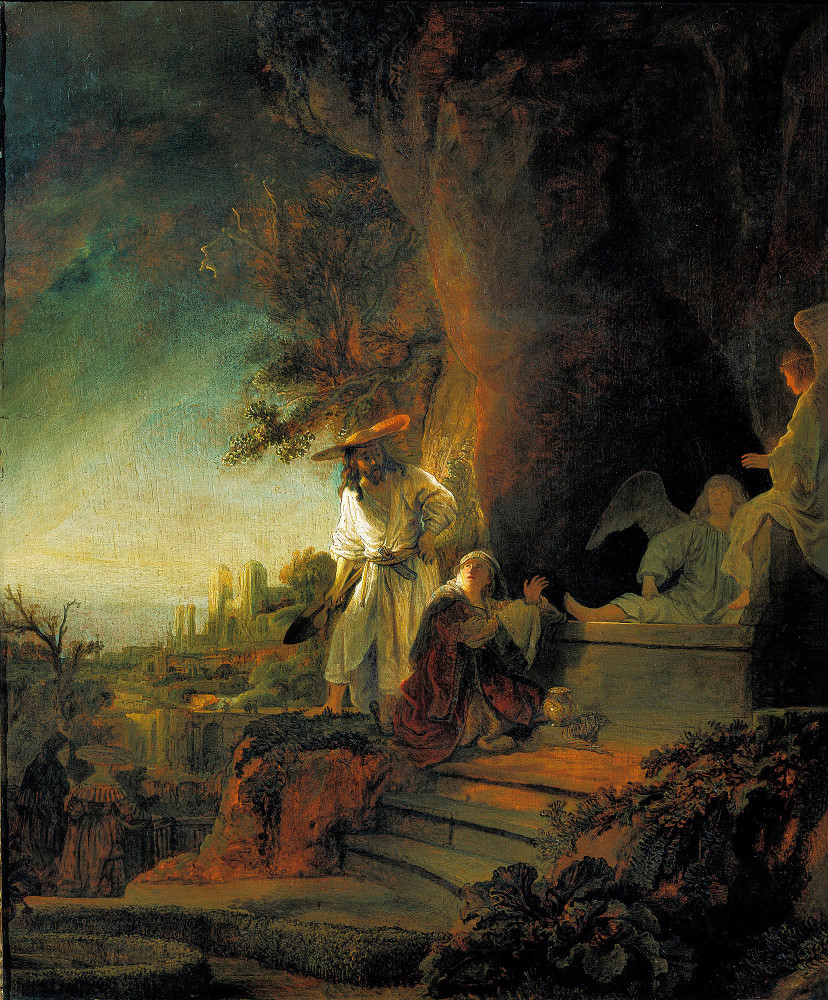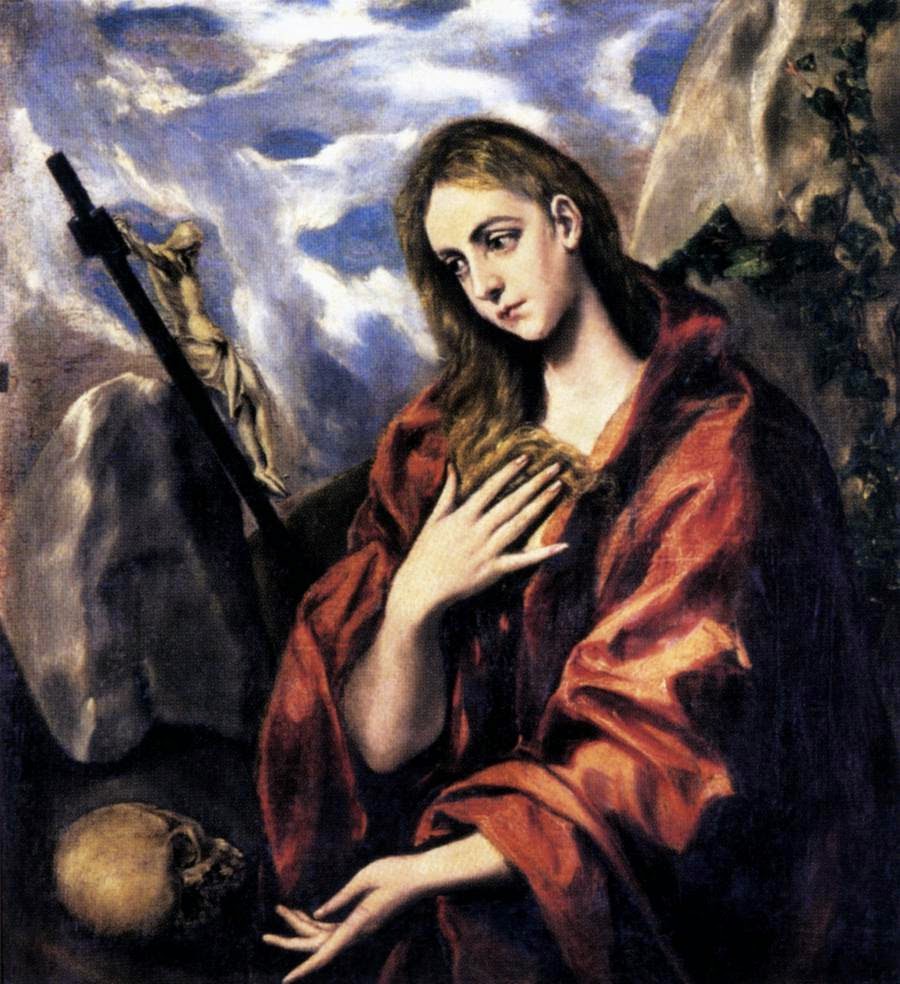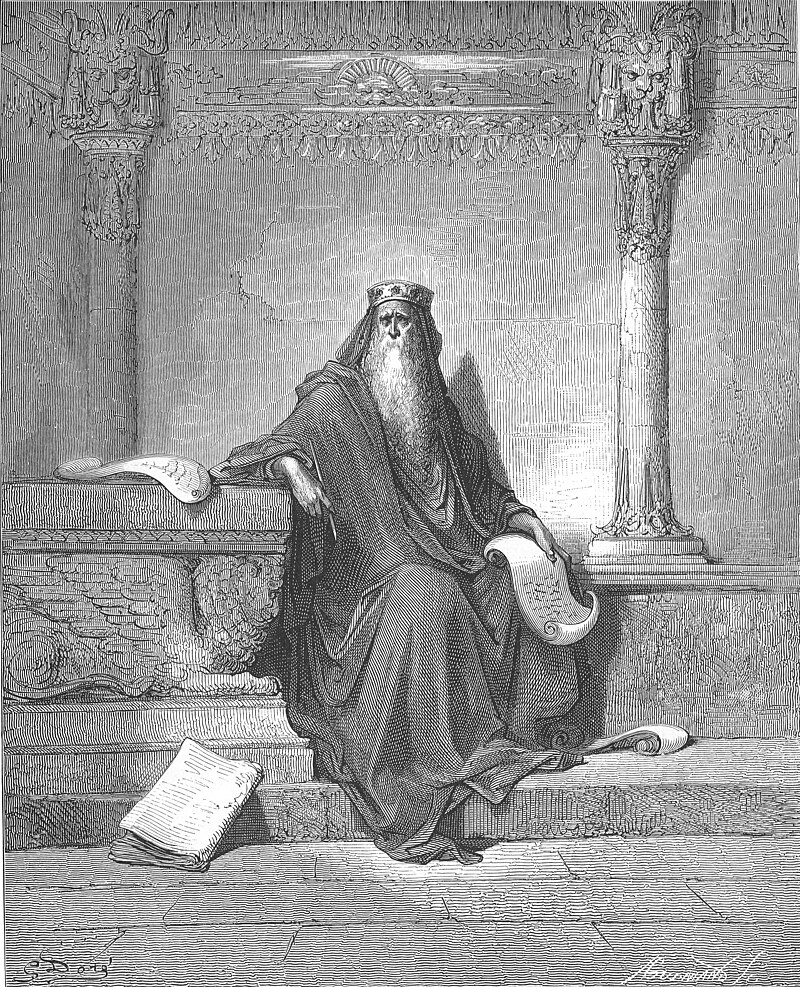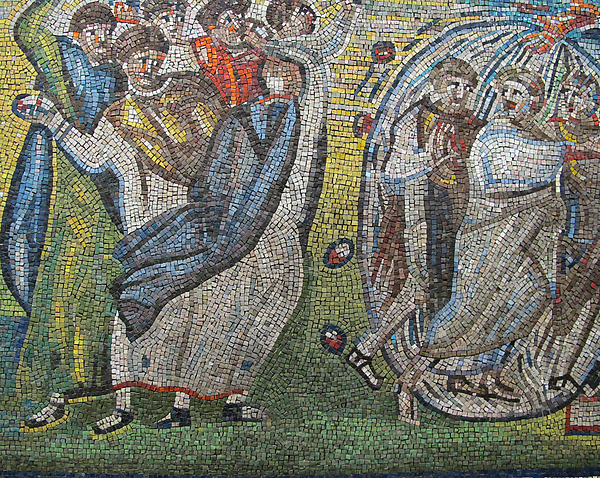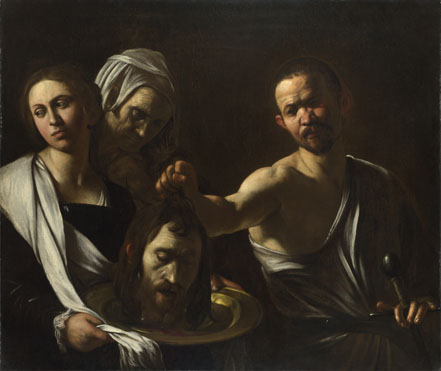* * * *
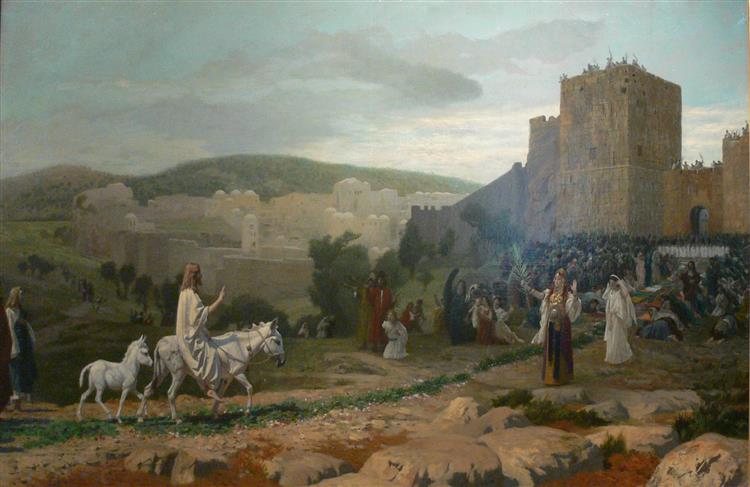
* * * *
Welcome to “read the Bible – expand your mind:”
The Book of Common Prayer says that by sharing Holy Communion, Christians become “very members incorporate in the mystical body” of Jesus. The words “corporate” and “mystical” are key. They show that a healthy church has two sides, with the often-overlooked “mystic” side posing the question, “How do I experience God?” This blog will try to answer that.
It has four main themes. The first is that God will accept anyone. (John 6:37.) The second is that God wants us to live lives of abundance.(John 10:10.) The third is that Jesus wants us to read the Bible with an open mind. (As it says in Luke 24:45: “Then He [Jesus] opened their minds so they could understand the Scriptures.”) The fourth theme – another one often overlooked – is that Jesus wants us to do even greater miracles than He did. (John 14:12.)
And this thought ties them together:
The best way to live abundantly and do greater miracles than Jesus is: Read, study and apply the Bible with an open mind. For more see the notes or – to expand your mind – see the Intro.
In the meantime:
I last posted on August 24, with Pilgrimage, doing penance and “St. Bart – 2024.” It talked in part about my then-upcoming pilgrimage to Spain for a month, to hike the Camino Finisterre and the Camino Ingles. (Respectively, from Santiago de Compostela and then – days later – back to Santiago.) In some ways that post was remarkably prescient, but then “there’s always the unexpected, isn’t there?” There was a lot of that too, but I’ll explain that more in a later post.
In the meantime, back home, I want to move on to my next book. I’m just now finishing up the one on my 2023 hike on the Robert Louis Stevenson Trail in France. (Hopefully it’ll be done before by the end of November.) But for my next project I want to cover why people who interpret Scripture too literally both rob themselves of at least half the Bible’s value, and drive away new recruits “in droves.” (The people who most need the Faith, the “Ungodly” who are just who Jesus died for. Romans 5:6.) I’d settled on a tentative title, “The Bible was designed to expand your mind.” (To the tune, “If it does not fit, you must acquit.”) But I wanted something a bit more catchy, short and sweet that conveyed the message, but with an image behind it.
Then I remembered a painting I saw, years ago, of Jesus riding two donkeys at the same time. I haven’t been able to find it online, but the one at the top of the page is in the ball park. It struck me as odd back then, but now I think to myself, “Jesus didn’t ride two donkeys at one time. That’s Hebrew poetry you knuckleheads!” Of course I know I’d have to dress up that title a bit, but the point is: A big feature of Hebrew poetry – shown most vividly seen in the psalms – is how it describes one thing in two different ways. But it’s not just the psalms, it’s throughout the Old Testament. So if you read a passage like Zechariah 9:9 too literally, you come up with an odd image, as of Jesus riding two donkeys at the same time. Here’s the passage:
Rejoice greatly, Daughter Zion! Shout, Daughter Jerusalem! See, your king comes to you, righteous and victorious, lowly and riding on a donkey, on a colt, the foal of a donkey.
But read that passage too literally is apparently just what Matthew did, as discussed below.
As for my revelation, I thought it was both a ground-breaking idea and a great title for a new and exciting book on how “the Bible was designed to expand your mind.” (Which can’t happen if you read it too literally.) Unfortunately there’s a problem. Somebody else beat me to the punch, as shown in the Wikipedia article Triumphal entry [of Jesus] into Jerusalem.
The article pointed out that Matthew was “the only one of the Synoptics to mention two animals.” But – the article said – he did not take into account “‘the common Hebrew literary device of poetic parallelism,’ mentioning the same animal twice in different ways.” In particular it cited Professor Bart D. Ehrman, who also said Matthew misunderstood Zechariah 9:9:
This repetition is a Hebrew poetic figure of speech which says the same thing twice in different words, but Matthew accidentally turned this into two separate animals which Jesus rode simultaneously instead of [the] one donkey which is described twice. John 12:14-15 refers to the same passage in Zechariah 9:9, but in his case there is only talk of one donkey.
See also the article Poetic parallelism, on the rhetorical device used throughout world history in “poetry, epics, songs, written prose and speech… It is very often found in Biblical poetry and in proverbs in general.” Thus my conclusion, “Rats, I thought I was on to something!”
I may still use the idea in my new-book title, but I need more research and maybe even some lateral thinking on the problem. In the meantime there’s that set of Camino hikes I just finished in September, and how my August 24 post was so prescient – and how it wasn’t.
For example, after the Camino Finisterre we hiked up to Muxía and spent two nights there. (Part of the Costa da Morte or “Coast of Death.”) There we saw the lighthouse and the Celtic stones “said to be remains of the Virgin Mary’s stone boat.” (The one she used to come and comfort St. James the Greater, who wasn’t having much luck trying to “Christianize” the locals.) And saw the “Pedra D’abalar (rocker stone) in front of Nosa Señora da Barca church in Muxía.”
Next we mass-transited up to A Coruña – “the provincial capital of the province of A Coruña” – and stayed two nights there. One thing we did was climb the Tower of Hercules, the famous lighthouse. (Not the last time we saw A Coruna, under less-than-pleasant circumstances.)
There followed some trials and tribulations – described in future posts – but eventually we made it back to Santiago for two nights in the Monastery of San Martiño Pinario. There I did “penance for whatever sins may remain” from what turned out to be an ordeal of a hike. Grueling at times, but the good news? The rooms were stark, as noted – “bed, desk and tiny bathroom” – but the place had a nice lounge on the first floor and served Estrella Damm. (The one that got to be my go-to beer in Spain.) And remember my definition of a Camino hike: At the end of each day you look forward to a warm bed, hot shower and a cold beer.
Which brings up another theme in this blog, bringing people to Jesus. (“Is there any higher calling?”) The best way to do that – it seems to me – is live your life in such a way that potential recruits say, “I want some of that!” Make no mistake, there is that promised triumph – allegorized below – but before it always comes the ordeal, trying, arduous and/or stressful.
As Underhill said, “It is to vigor, not comfort that you are called.” (Then comes the beer…)
* * * *

* * * *
The upper image is courtesy of Entry of the Christ in Jerusalem, 1897 – Jean-Leon Gerome. See also Jesus’s Triumphal Entry: A Well-Orchestrated Mock Coronation, which noted that Gerome’s painting “depicts two donkeys – one trailing behind another. This was a common visual technique used by painters in an attempt to reconcile the text of Matthew 21:7, where Jesus is depicted as riding two donkeys at once.” And Triumphal entry into Jerusalem – Wikipedia.
The Book of Common Prayer reference: The “corporate-mystical” prayer is on page 339, the post-communion prayer for Holy Eucharist, Rite I.
“Feast days” are designated days on the liturgical (church) calendar “set aside to commemorate events, saints, or doctrines that are important in the life of the Church. These can range from Solemnities, which are the highest-ranking feast days like Easter and Christmas, to optional memorials that celebrate lesser-known saints.” Feast Days: Celebrating the Church’s Calendar.
Re: “Pilgrimage to Spain for a month.” Technically – and perhaps hypertechnically – the trip extended into two months. The flight from Atlanta left on September 6 and arrived in Madrid the next morning. We arrived back in Santiago on October 3 and I flew home (from Lisbon) on October 7. See also Poetic License Definition and Examples – Poem Analysis.
“Always the unexpected.” See Bridge on the River Kwai Quotes. with a quote from Colonel Green, “As I’ve told you before, in a job like yours, even when it’s finished, there’s always one more thing to do.” And also The Bridge on the River Kwai (1957) – Jack Hawkins as Major Warden:
Maj. Warden : Is there something wrong?
Commander Shears : I was just thinking. You speak Yai’s language, I don’t. He’s gonna lead you back to the river Kwai himself, by a route I never took. Will someone tell me why I’m so indispensable to this outfit?
Maj. Warden : I know how you feel, but there’s always the unexpected, isn’t there?
Which is how it turned out on the Camino Ingles…
The lower image is courtesy of Estrella Damm – Wikipedia. An allegory is – in this case – an image expressing an abstract idea or concept. As to “vigor not comfort,” see Underhill’s Practical Mysticism, Ariel Press, 1914, at page 177. Or On the Annunciation (2022) – and Mary “shrinking back.”
* * * *
As noted in the opening blurb, this blog has four main themes. The first is that God will accept anyone. (John 6:37, with the added, “Anyone who comes to Him.”) This is a consistent theme throughout the Bible. From the Old Testament, Psalm 9:10, “You never forsake those who seek you, O Lord.” (In the Version in the Book of Common Prayer.) The second is that God wants us to live abundantly. (John 10:10.) The third is that we should do greater miracles than Jesus. (John 14:12). A fourth theme: The only way to do all that is read the Bible with an open mind:
…closed-mindedness, or an unwillingness to consider new ideas, can result from the brain’s natural dislike for ambiguity. According to this view, the brain has a “search and destroy” relationship with ambiguity and evidence contradictory to people’s current beliefs tends to make them uncomfortable… Research confirms that belief-discrepant-closed-minded persons have less tolerance for cognitive inconsistency…
So in plain words, I take issue with what I came to call “Christian first graders.” Those who stay in a kind of elementary school, and maybe even never go beyond first grade. See John the Baptist, ’24 – and “Christian First Graders,” for more detail. But the key point: “The Bible was designed to expand your mind,” not keep it narrow. Also, the idea that “Jesus was anything but negative. His goal was for you to grow and develop into all that you can be.” (For more on that see ABOUT THE BLOG, above.)
Before that post I wrote that the blog takes issue with boot-camp Christians, the Biblical literalists who never go “beyond the fundamentals.” But the Bible can offer so much more than their narrow reading can offer… (Unless you want to stay a Bible buck private all your life…) Now, about “Boot-camp Christians.” See for example, Conservative Christian – “Career buck private?” The gist of that post is that starting the Bible is like Army Basic Training. You begin by“learning the fundamentals.” But after boot camp, you move on to Advanced Individual Training.”

However, after boot camp, you move on to Advanced Individual Training. And as noted in “Buck private,” one of this blog’s themes is that if you want to be all that you can be, you need to go on and explore the “mystical side of Bible reading.*” In other words, exploring the mystical side of the Bible helps you “be all that you can be.” See Slogans of the U.S. Army – Wikipedia, re: the recruiting slogan from 1980 to 2001. The related image at left is courtesy of: “toywonders.com/productcart/pc/catalog/aw30.jpg.”
Re: “mystical.” Originally, mysticism “referred to the Biblical liturgical, spiritual, and contemplative dimensions of early and medieval Christianity.” See Mysticism – Wikipedia, and the post On originalism. (“That’s what the Bible was originally about!”) See also Christian mysticism – Wikipedia, “In early Christianity the term ‘mystikos’ referred to three dimensions, which soon became intertwined, namely the biblical, the liturgical and the spiritual or contemplative… The third dimension is the contemplative or experiential knowledge of God.” As to that “experiential” aspect, see also Wesleyan Quadrilateral – Wikipedia, on the method of theological reflection with four sources of spiritual development: scripture, tradition, reason, and “Christian experience.”
For an explanation of the Daily Office – where “Dorscribe” came from – see What’s a DOR?
* * * *
